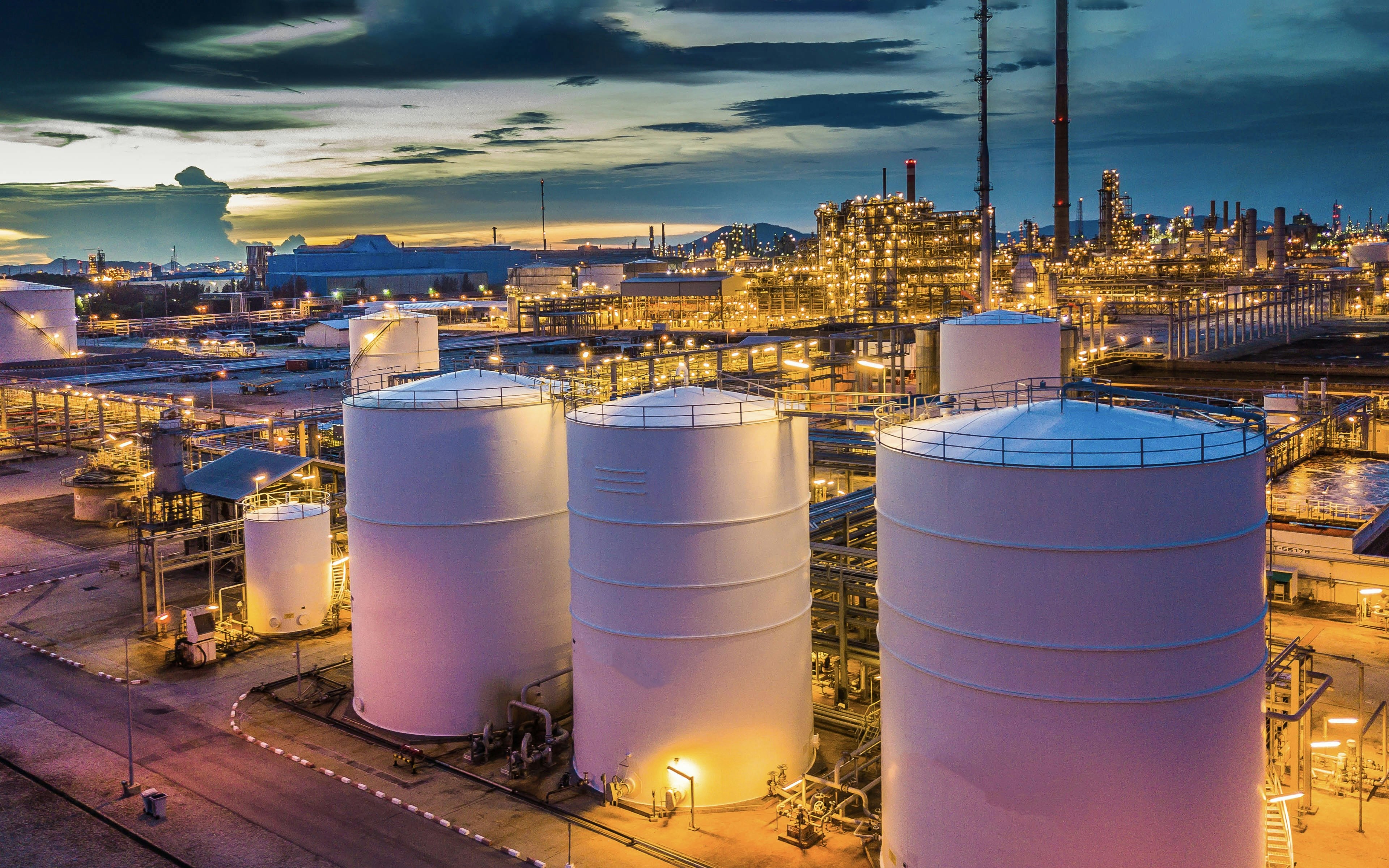Business
Oil Giants on the Rise: Record Profits Sustain for Exxon and Chevron
US giants and Shell report strong annual profits, yet face uncertain future.

Exxon Mobil and Chevron Achieve Second-Highest Annual Profits in a Decade Last Year. They Were Able to Maintain Their Position Among America's Wealthiest Companies Due to Strong Oil Demand, Despite Rising Risks.
Exxon posted a net profit of 36 billion US dollars and Chevron 21.4 billion US dollars. Exxon's profitability was thus only behind Apple, Microsoft, Google parent Alphabet, and a few others.
Though Exxon's and Chevron's profits have fallen by more than a third from the record levels of 2022, they are still well above historical average values.
Exxon reports a profit of 7.6 billion US dollars in the fourth quarter, a decline of 40% compared to the same period last year. This was due to a write-off of 2 billion US dollars caused by regulatory issues in California.
The Company Touted Cost Cuts as Production in Guyana and the Permian Basin in West Texas and New Mexico Reached Record Levels. Chevron Reported a Quarterly Profit of $2.3 Billion, Representing a 64% Decline from the Previous Year.
This is due to a combination of depreciations amounting to 4.2 billion US dollars, mainly on assets in California, and other costs.
The oil industry recorded good results again last year after the end of the pandemic, demonstrating the resilience of global demand for fossil fuels. On Thursday, the European giant Shell announced that it had made a profit of 20 billion US dollars last year, based on a similar measure to net income.
"In 2023, we distributed more money to shareholders and produced more oil and gas than ever before in the company's history," said Chevron boss Mike Wirth. Nevertheless, the oil giants face an uncertain future, which may bring about dramatic changes in the way the world consumes energy.
Exxon plans to cap investment spending this year at up to $25 billion, well below pre-pandemic levels, while Chevron announced in December that it will increase spending this year from $15.8 billion to up to $16.5 billion. The majority of this money will be invested in oil and gas production.
Shell Rewarded by Some Investors for Plans to Put More Money Into Oil and Gas Production, as Announced by Wael Sawan in His First Full Year as CEO, Deviating from His Predecessor's Strategy to Dive Deeper into Renewable Energy. As Companies Reap the Benefits of Their Fossil Fuel Production, Political Resistance Against the Oil Industry Has Been Growing Recently from The Hague to Washington D.C. and Beyond.
At the United Nations Climate Conference last year in Dubai, known as COP28, more than 190 governments agreed to a pact that calls for the global phase-out of coal, oil, and natural gas. Europe has agreed to limit allowable methane emissions from imported oil and gas starting in 2030.
The future energy supply will play an important role in the US presidential election. In January, the Biden administration effectively froze the approval process for new facilities for exporting liquefied natural gas from the USA, which gave environmental groups a victory as they pressured President Biden to curb the country's booming natural gas exports.
Exxon, Chevron, and Shell all have big LNG deals. Sawan said that the US government's recent decision to pause permits for new LNG export terminals and the massive shipping disruptions in the Red Sea present new risks. He added that 2024 "will be another year of uncertainty and volatility." Part of Exxon and Chevron's strategy to weather the current uncertainty is to lavish their shareholders with money.
Last year, Exxon paid record dividends of $32 billion; Chevron also reached a record of $26 billion. Both paid out more than any American company except for Apple, Microsoft, and Alphabet in the fiscal year 2023, according to an analysis by The Wall Street Journal. These figures are more than what they spend in the oil industry and they are far above what the companies invested in new low-carbon businesses.
According to Jeff Wyll, a senior research analyst at Neuberger Berman, "the investors' appetite for aggressive growth and expansion projects has diminished." "The industry has acted for far too long as if it were a growth sector, and this has led to an oversaturated market."
"Now they demonstrate more discipline," he said. Exxon and Chevron plan to invest billions of dollars in low-carbon technologies, including biofuels, hydrogen, and CO2 capture. Exxon has also announced ambitious plans for lithium extraction.
But currently, most of their profits come from oil and gas. Both companies expect that the demand for fossil fuels will remain robust over the next decades. Last year, Exxon agreed to the purchase of the fracking giant Pioneer Natural Resources in West Texas for almost 60 billion US dollars in stock.
Chevron bid about 53 billion US dollars in shares for Hess, which also owns stakes in a large oil project led by Exxon off the coast of Guyana. The Paris-based International Energy Agency urged oil companies last year to reduce emissions more quickly and warned against an over-reliance on carbon capture, an unproven technology, which according to the IEA is not sufficient on its own to tackle climate change.
The IEA expects oil and gas demand to peak by 2030. Jim Krane, energy expert at the Baker Institute for Public Policy at Rice University in Houston, said that before the pandemic and the Inflation Reduction Act of 2022, which provided subsidies for green energy, the US oil industry had done little to counteract climate change.
Instead, the industry has effectively lost a decade that could have been used to develop transition technologies. "They are finally putting their money where their messages have been for a long time, but we all have to wait and see if the solutions they have been touting for so long can actually make money," said Krane.
On the other side of the Atlantic, the London-based Shell is still facing criticism from some shareholders, climate groups, and others, for holding back on spending for renewable energy.







